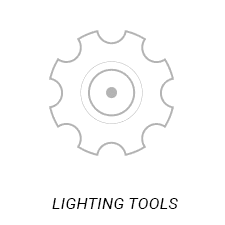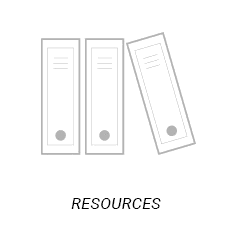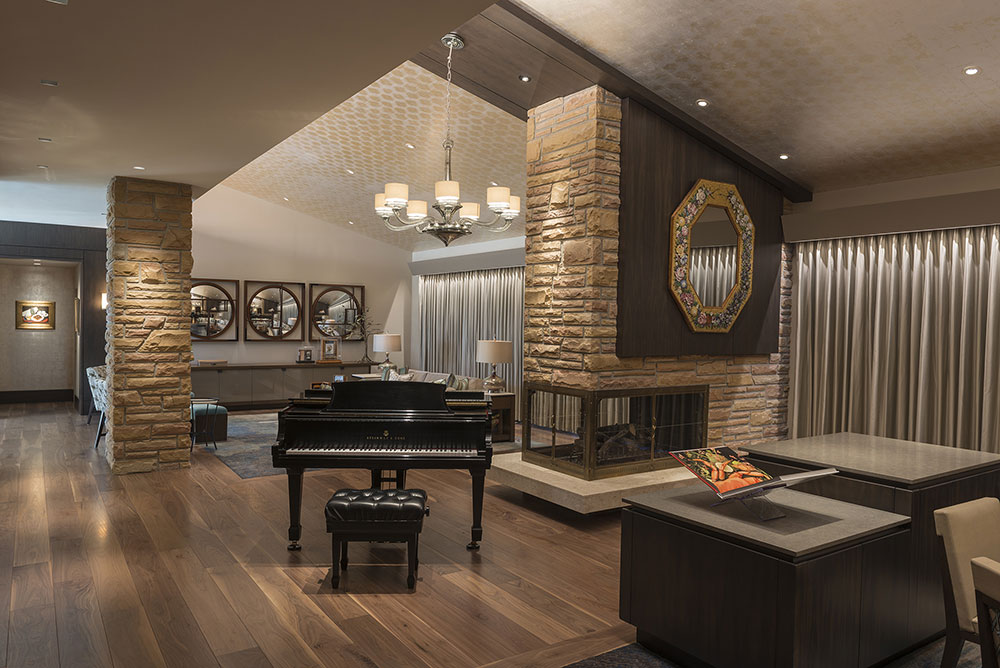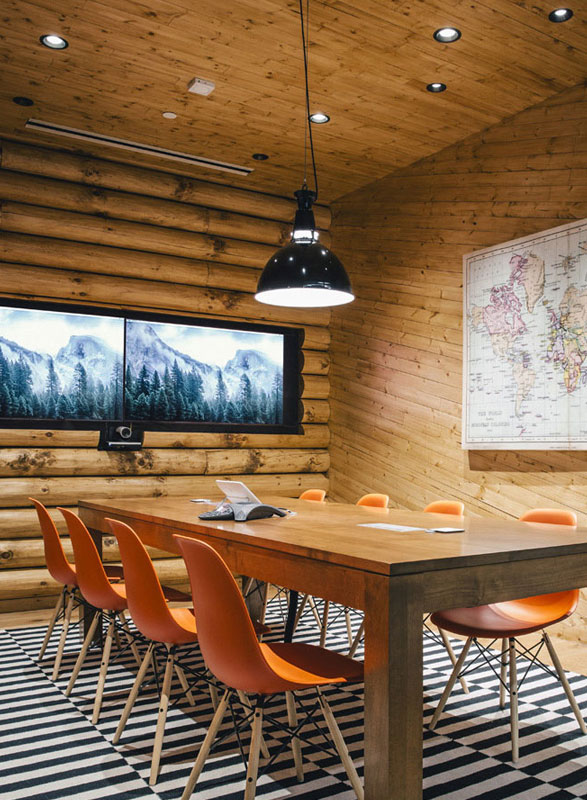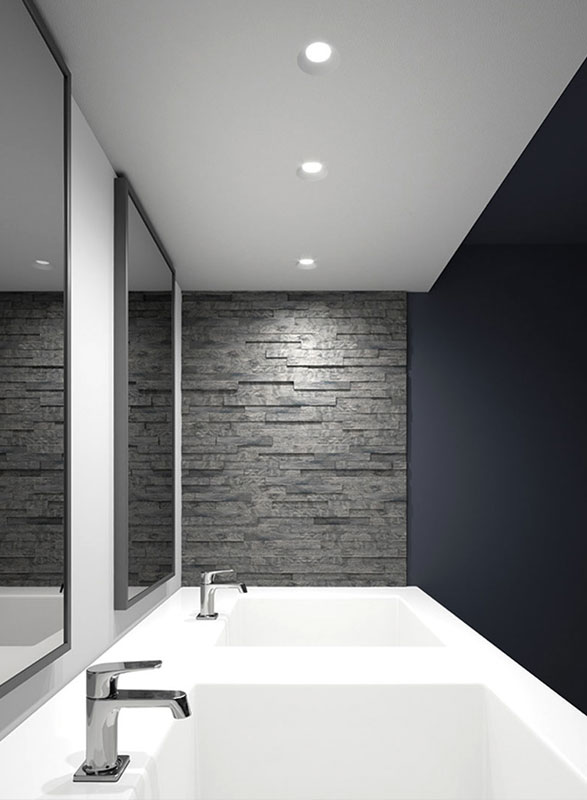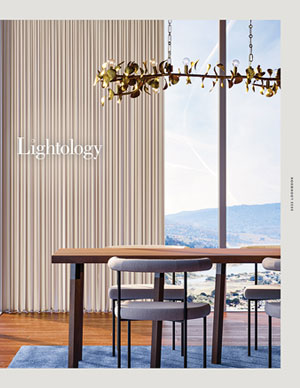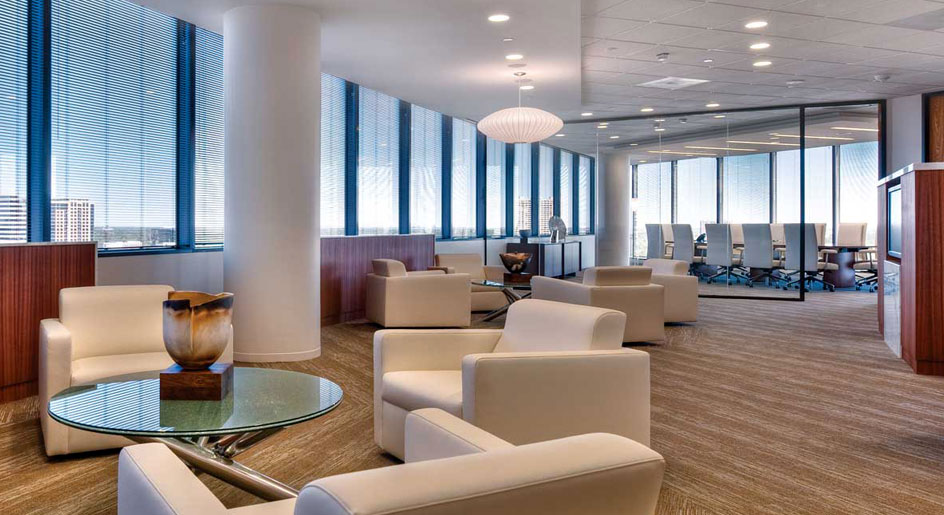
Recessed Lighting:
Housing & Trims
Recessed lighting is made up of many parts, but two of the most common terms you may hear are housing and trim. What is recessed lighting housing? What is trim, and is that similar to flange? Let us break it down for you.
What are the two basic components of a recessed lighting fixture? What is a recessed lighting housing? What is a recessed lighting trim?
A recessed lighting fixture comes in two separate sections that are usually sold separately.
The housing is the portion of the fixture installed above the ceiling. It contains all of the electrical parts, including the bulb socket, as well as a mounting frame for New Construction Housings. Remodel Recessed Housings are designed to work with your existing ceiling. There is an immense variety in housing options to accommodate a wide range of ceiling conditions, lighting effects and functions, and trim sizes.
The trim is the visible portion of the fixture.

What is the difference between a New Construction Housing and a Remodel Housing? Which one do I need?
Installing a New Construction Housing requires full access to the space where the light will be placed. Examples include new construction projects where the ceiling has yet to be installed, in existing ceilings below an attic that afford free access to the area above the ceiling, or where extensive remodeling is taking place.
New Construction housings are installed between ceiling or floor joist beams and attached firmly by nailing or bolting the mounting frames to the joists. It is the joists, not the ceiling itself, that support the weight of the housing. In T-Bar or drop ceilings, the mounting frames may be attached to hanger bars.
For ceilings already in place or in limited access conditions, a Remodel Housing is usually appropriate. Remodel Housings do not have a mounting frame, so they are smaller and lighter. Keep in mind that installing recessed lights into an existing space can require extensive electrical work, especially in areas where there is no existing lighting in the ceiling. It is always a good idea to consult an electrician in instances like this to determine if remodel housings are a practical option prior to purchasing your housings.
Does a sloped ceiling require a special housing?
Yes. There are special sloped ceiling housings and trims designed specifically for sloped ceilings. They are available in New Construction and Remodel varieties, both IC and non-IC rated recessed light housings.

What is the difference between an Open Downlight Trim and an Enclosed Downlight Trim?
Open trims are the most economical because no light is absorbed by a diffuser. An open recessed downlight leaves an opening in the ceiling, and the bulb and inside of the can are visible. Enclosed downlights are used in wet location applications, such as outdoors or in showers, and conceal the bulb behind a diffuser, sheltering it from direct contact to water. While open downlights are used in most applications, keep in mind that an enclosed trim can help reduce glare and offer diffusing properties to soften the light.
I already have recessed lighting installed. Can I change the trim without having to replace the housings?
Yes. Replacing your recessed lighting trims is a relatively simple and inexpensive way to make dramatic changes to a space, create a cleaner and more contemporary look, or add depth and character with accent lighting.
Identify the brand and model of the housing and then browse the list of compatible trims for that housing. This is called a Retrofit Kit. On our website, if you navigate to the product page for the specific housing you have, compatible trims are listed under the product description under “Required Items.”
Shop Recessed Lighting
-
What's the difference between new construction and remodel recessed housings?
-
How do you choose the right size and type of recessed lighting trim?
-
What is the difference between IC-rated and non-IC-rated recessed housings?
-
How far apart should recessed lights be spaced for optimal illumination?
-
Can recessed lights be used with dimmer switches?


